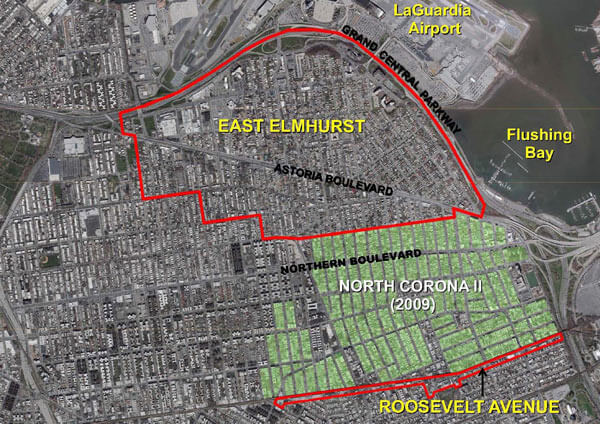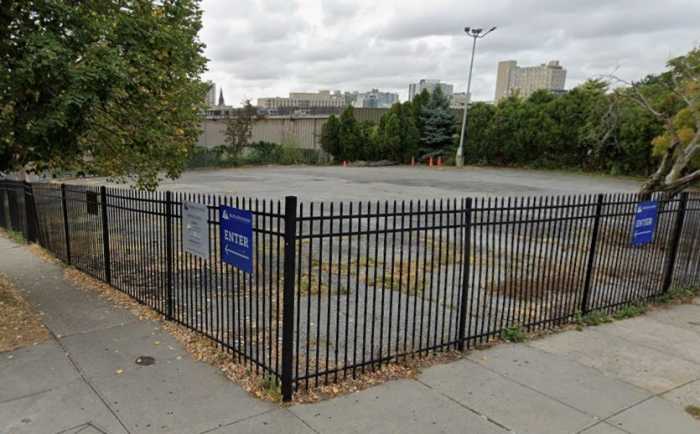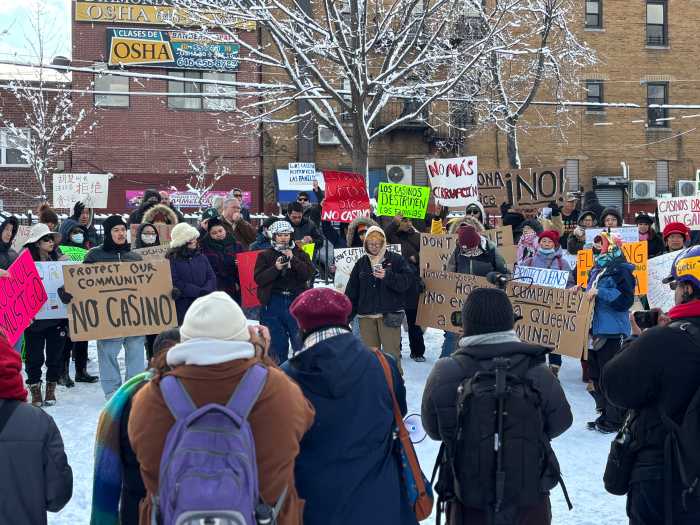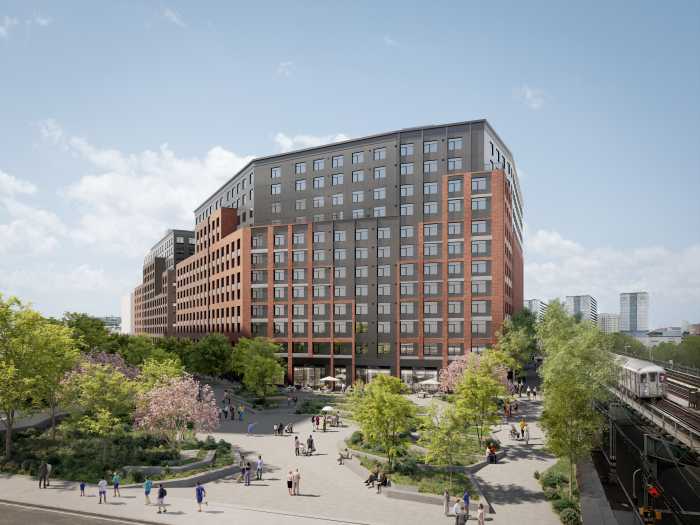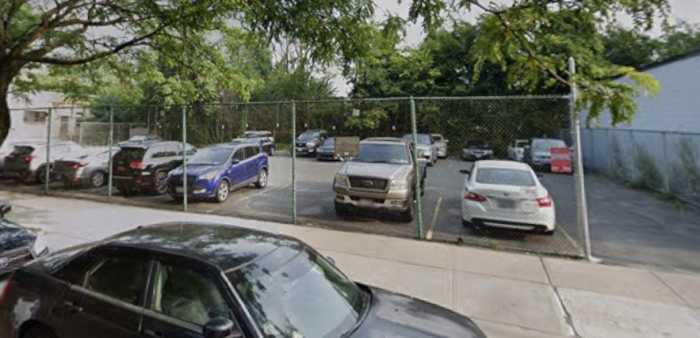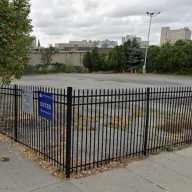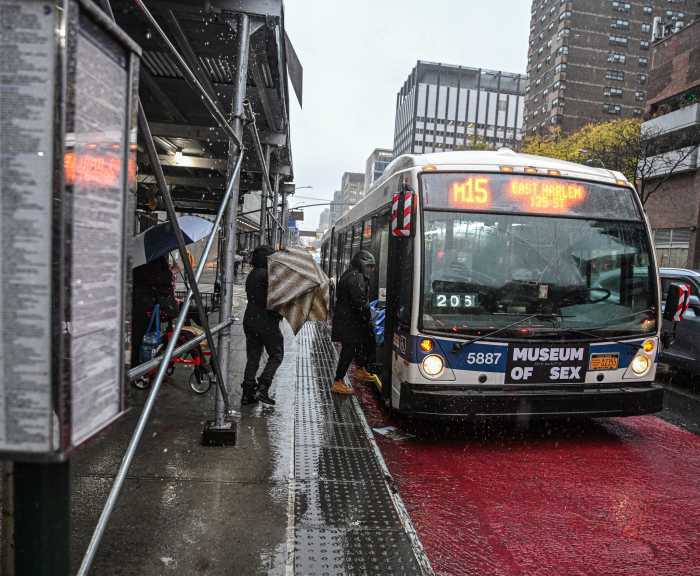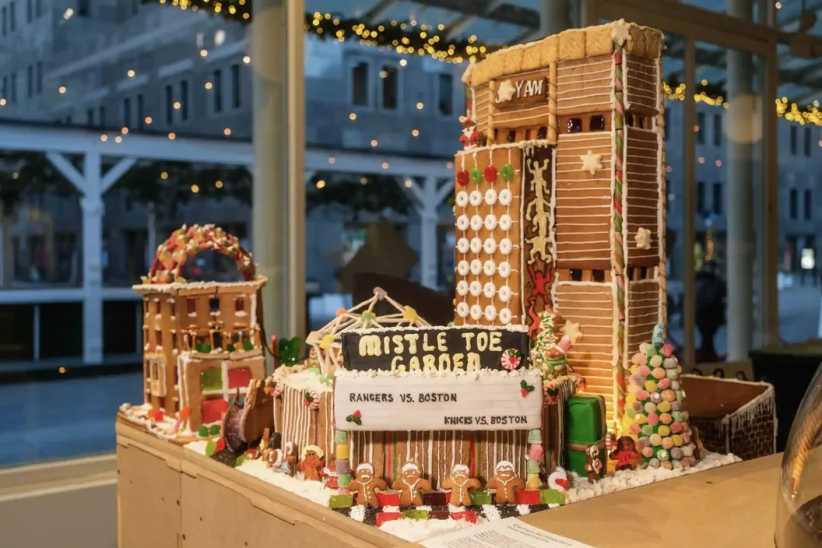By Chris Engelhardt
The Department of City Planning announced Monday a proposal for the start of an official public review process for a 127-block rezoning of East Elmhurst, in addition to 14 block fronts along Roosevelt Avenue in Corona, Commissioner Amanda Burden announced.
The decision is intended to protect the existing character of East Elmhurst’s residential blocks, many of which include one- and two-family detached, semi-detached and attached homes, Burden said. The proposed rezoning would also update commercial overlays to strengthen the area’s main commercial corridors, better reflect current land use trends and inhibit commercial encroachment onto residential side streets.
The measure was taken after Community Boards 3 and 4, along with local civic organizations and local officials, raised concerns, saying that existing zoning lacks parity with residential building patterns and does not guide development to appropriate locations.
“This rezoning, which was developed in close consultation with the community and local elected officials, will protect the cherished one- and two-family composition of this neighborhood,” Burden said. “It will also allow moderate growth along the area’s main commercial strips, Astoria Boulevard and Roosevelt Avenue, to strengthen their vibrant character by providing new opportunities for mixed-use and commercial development.”
The rezoning area is bounded by the Grand Central Parkway on the north and east, 32nd Avenue on the south and on the west by a northward line starting at 91st Street and 32nd Avenue to where it intersects with the Grand Central Parkway at 80th Street. The commercial overlay changes on the south side of Roosevelt Avenue to extend from Elmhurst Avenue on the west to 114th Street on the east.
These areas connect the more than 120 blocks of North Corona that City Planning worked with area stakeholders to rezone in 2003 and ’09.
Much of the area’s existing residential zoning — R3-2 and R4 — has remained unchanged since 1961. And though most of East Elmhurst’s housing stock is less than 100 years old, recent building trends throughout the area have resulted in the demolition of single-family detached wooden or masonry residential buildings. Many have argued that replacement structures are not only denser, but out of character and designed as multi-family residences.
According to DCP, the proposed zoning districts will replace outdated residential zoning with lower-density contextual districts — R2A, R3-1, R3A, R3X, R4-1 and R4B — that will better correlate with existing one- and two-family housing patterns and ensure that future development will be consistent with the established lower-density residential composition.
In addition, an R6B district is being proposed for Astoria Boulevard, along with new C1-3 and C2-3 commercial overlay zones, that will allow moderate density and mixed-use development that will reinforce its street-wall continuity while strengthening its neighborhood shopping street character.
And the proposal of new C1-4 and C2-4 overlays on the south side of Roosevelt Avenue between Elmhurst Avenue and 114th Street are intended to better reflect current land uses and provide additional locations for retail and service uses.
City Councilwoman Julissa Ferreras (D-East Elmhurst), who lauded the agency for launching its public review, said the proposed rezoning of East Elmhurst could not come at a better time.
“Not only will the latest version of the proposed rezoning go a long way in preserving the neighborhood character,” she said, “but it will also help to reinforce the work I have been doing to better the commercial corridors in my district, such as Roosevelt Avenue and Astoria Boulevard.”
The proposal will be reviewed by CB 3 and 4 and the borough board, followed by Borough President Helen Marshall, the City Planning Commission and the City Council as part of the city’s Uniform Land Use Review Procedure.
Reach reporter Chris Engelhardt by e-mail at cengelhardt@cnglocal.com or by phone at 718-260-4564.

